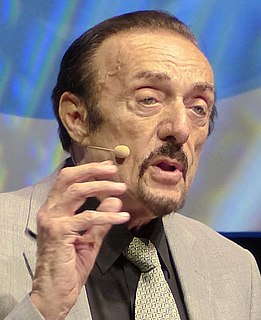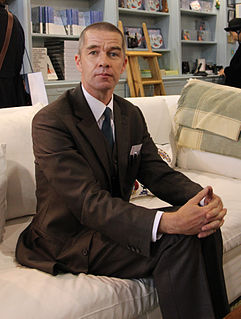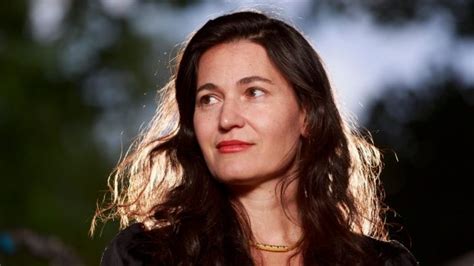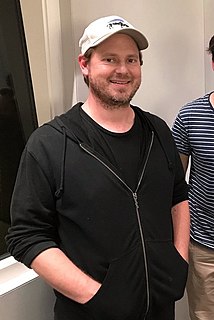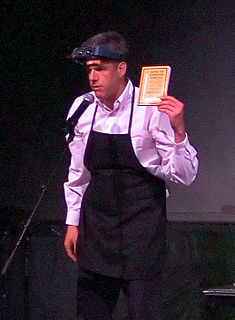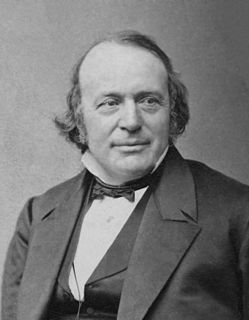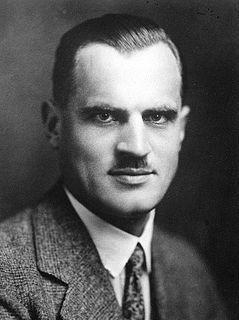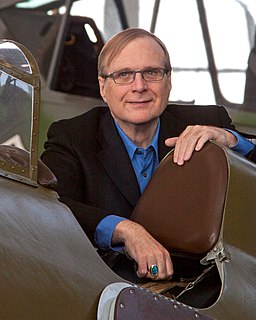A Quote by Daniel Levitin
I became interested in structure when I was in graduate school. How is it that the brain perceives structure in a sometimes disorganized and chaotic world? How and why do we categorize things? Why can things be categorized in so many different ways, all of which can seem equally valid?
Related Quotes
There are lots of cases where we know more about how the world works than we do about how we know how it works. That's no paradox. Understanding the structure of galaxies is one thing, understanding how we understand the structure of galaxies is quite another. There isn't the slightest reason why the first should wait on the second and, in point of historical fact, it didn't. This bears a lot of emphasis; it turns up in philosophy practically everywhere you look.
I began photographing around 14; my mother gave me a camera, it's actually the one I still use for creating most of my work. My career has evolved from literally figuring out how to formally structure a photograph, to going through graduate school and trying to formally structure my thoughts. A sort of gradual learning, then unlearning.
I think photography is so hard. To be working in video and photography the past 20 years - because I was doing it in high school - you're dealing with mediums that change culture. The way they are distributed, disseminated - it's changed so dramatically. One of the things I always like to do is look at the structure of something and detach myself from the structure and figure out how to slightly alter it. So if the structure itself is constantly liquidated, it just really is difficult for me to really even know what to think of Instagram.
I want people to think about movies and how we watch them. Let them know it's okay to question the structure or how we're sometimes duped into a false sense of normalcy. Most of all, I want people to question the old standard practices of, 'This is how the structure of something should work,' or, 'This is how a character must behave.'
Branches or types are characterized by the plan of their structure,
Classes, by the manner in which that plan is executed, as far as ways and means are concerned,
Orders, by the degrees of complication of that structure,
Families, by their form, as far as determined by structure,
Genera, by the details of the execution in special parts, and
Species, by the relations of individuals to one another and to the world in which they live, as well as by the proportions of their parts, their ornamentation, etc.
The story is told of Lord Kelvin, a famous Scotch physicist of the last century, that after he had given a lecture on atoms and molecules, one of his students came to him with the question, "Professor, what is your idea of the structure of the atom." "What," said Kelvin, "The structure of the atom? Why, don't you know, the very word 'atom' means the thing that can't be cut. How then can it have a structure?" "That," remarked the facetious young man, "shows the disadvantage of knowing Greek."

